Constantine II Rare genuine Ancient Roman coin Legion soldiers Standards SMTSB
|
One original ancient Roman bronze coin of: Constantine II, Caesar 317-337 AD, Augustus 337-340 AD. Struck - AD 324-340.AE follis 16-17mm. 2.58gm. Thessalonica mint. (Good VF) Original glossy dark patina. Lightly cleaned. Better in hand. Obv./ CONSTANTINVS IVN NOB C, laureate, cuirassed bust right. Rev./ GLOR-IA EXERC-ITVS, two soldiers standing facing each other each holding a spear and shield, two standards between them with O on banners. Mintmark SMTSB Authenticity guaranteed. COA included!! Coin is in good condition and very rare and nice inclusion to the finest collection. Please make your payments on time. Flavius Claudius Constantinus , known in English as Constantine II , (316-340) was Roman Emperor from 337 to 340. The eldest son of Constantine the Great and Fausta , he was born at Arles , and was raised as a Christian. On March 1 , 317 , Constantine was made Caesar , and at the age of seven in 323, took part in his father's campaign against the Sarmatians . At the age of ten he became commander of Gaul, after the death of his half-brother Crispus . An inscription dating to 330 records the title of Alamannicus , so it is probable that his generals won a victory over the Alamanni . His military career continued when Constantine I elected his son field commander during the 332 campaign against the Goths . Following the death of his father in 337, Constantine II became emperor jointly with his brothers Constantius II and Constans . After the division of the empire, made by the three brothers in September of the same year in Pannonia, he ruled over Gaul, Britannia and Hispania . He was involved in the struggle between the different Christian streams. The Western portion of the empire leaned towards Catholicism and against Arianism , and Constantine freed Athanasius and allowed him to return to Alexandria . This action also put some burden on Constantius II, who was a supporter of Arianism. At first, he was the guardian of his younger brother Constans, whose portion was Italia , Africa and Illyricum . As Constans came of age, Constantine would not relinquish the guardianship and in 340 he marched against Constans in Italy, but was defeated at Aquileia and he was killed in an ambush in Cervignano del Friuli . Constans came to control his deceased brother's realm.
Payment methods for USA buyers:< PAYPALPayment methods for International buyers - including Canada: PAYPALcontact us for more info.Payments must be received within 7 days from the end of auction (14 days for international). Please be sure to include item # & address with your payment. IF REQUESTING A CERTIFICATE PLEASE DO SO AT THE TIME OF PAYMENT. Pay me securely with any major credit card through PayPal! Items will be shipped within 1 to 3 business days of purchase completion. FREE - FIRST CLASS SHIPPING. INTERNATIONAL - $6.99 (REGISTERED-$21.00) WE COMBINE SHIPPING. If you would like to have special shipping, please contact us. All items will be sent out in protected envelope and boxed if necessary. YOU ARE BIDDING ON AN ANCIENT ITEM(S) AS DESCRIBED AND PICTURED ABOVE!!! Every item offered by cameleoncoins is unconditionally guaranteed to be genuine & authentic. We can provide a certificate of authenticity or extended return policy by request only!!! If in the unlikely event that an item is found to be reproduction, full return privileges are within 14 days of receiving the coins. We will promptly offer a full refund without hesitation or hassle. |
- Condition: Coin is in good condition and very rare and nice inclusion to the finest collection. Authenticity guaranteed! COA included!!
- Denomination: Follis
- Historical Period: Roman: Imperial (27 BC-476 AD)
- Composition: Bronze
- Year: 340 AD
- Era: Ancient
- Ruler: Constantine II
- Date: 324AD
PicClick Insights - Constantine II Rare genuine Ancient Roman coin Legion soldiers Standards SMTSB PicClick Exclusive
- Popularity - 4 watchers, 0.0 new watchers per day, 1,635 days for sale on eBay. Very high amount watching. 2 sold, 1 available.
- Best Price -
- Seller - 19,903+ items sold. 1.3% negative feedback. Top-Rated Plus! Top-Rated Seller, 30-day return policy, ships in 1 business day with tracking.
People Also Loved PicClick Exclusive
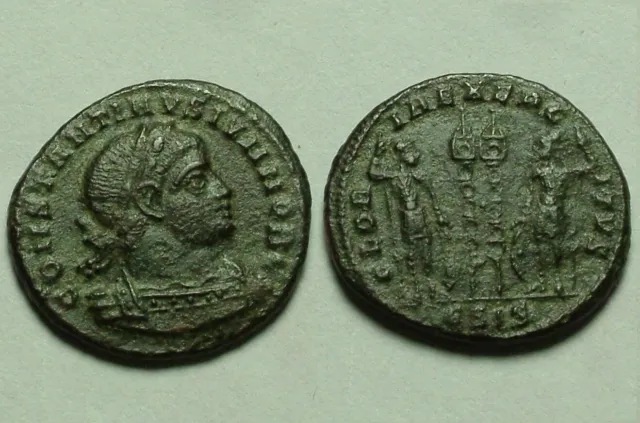
Constantine II Rare genuine Ancient Roman coin Legion soldiers Standards Siscia
$36.00 Buy It Now 17d 7h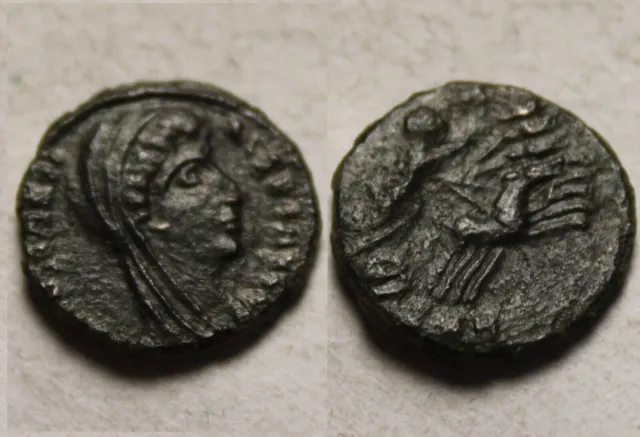
Rare Genuine Ancient Roman coin Postumus Constantine Veiled Quadriga hand of God
$28.00 Buy It Now 14d 8h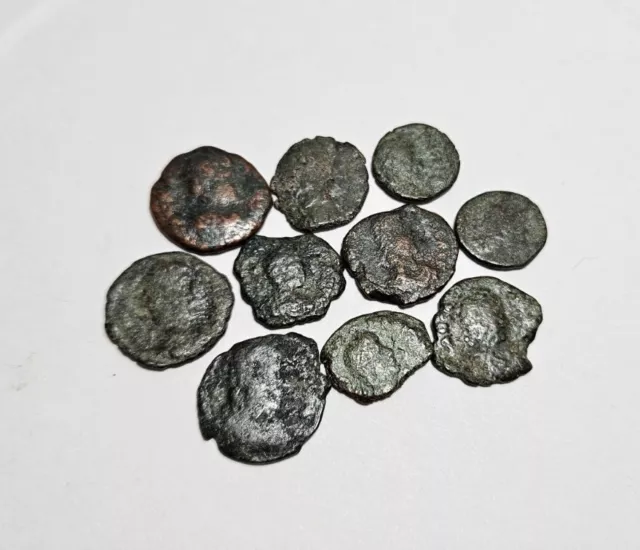
Lot of 10 Ancient Roman Empire Bronze Coins Emperor Bust Ae Low Grade
$19.99 Buy It Now 24d 22h
1 Genuine Ancient Roman coin Constantine, Licinius, Cosntantius, Valens/Constans
$15.17 Buy It Now 9d 7h
Hand Of God Constantine The Great Ancient Roman Coin 338AD Chariot Deification
$33.00 Buy It Now 11d 16h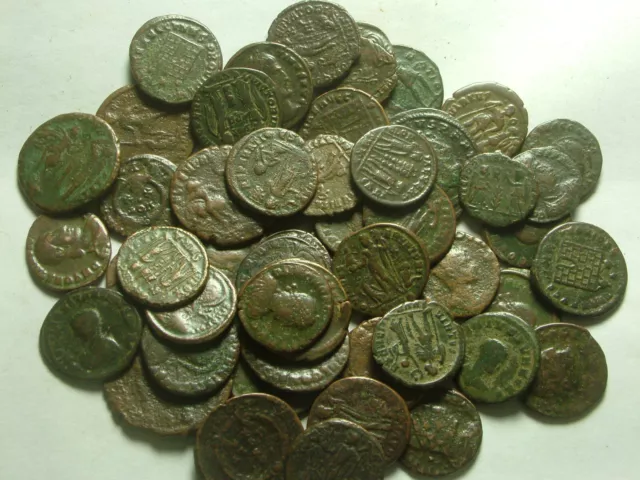 560 watchers
560 watchers Lot genuine Ancient Roman coins Constantine/Valens/Constantius/Licinius/Constans$74.54 Buy It Now or Best Offer
Lot genuine Ancient Roman coins Constantine/Valens/Constantius/Licinius/Constans$74.54 Buy It Now or Best Offer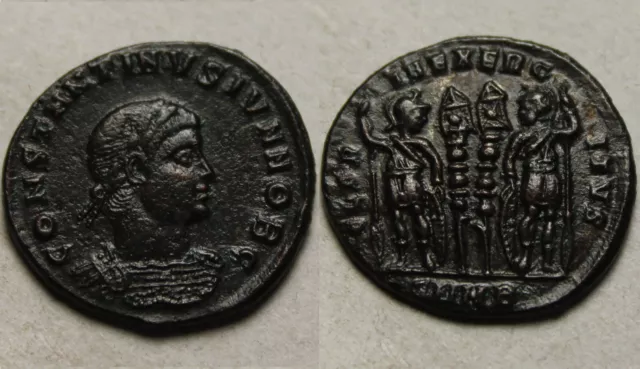
 Constantine Rare genuine Ancient Roman coin Legion soldiers Standards Heraclea
Constantine Rare genuine Ancient Roman coin Legion soldiers Standards Heraclea$103.55$82.84 Buy It Now or Best Offer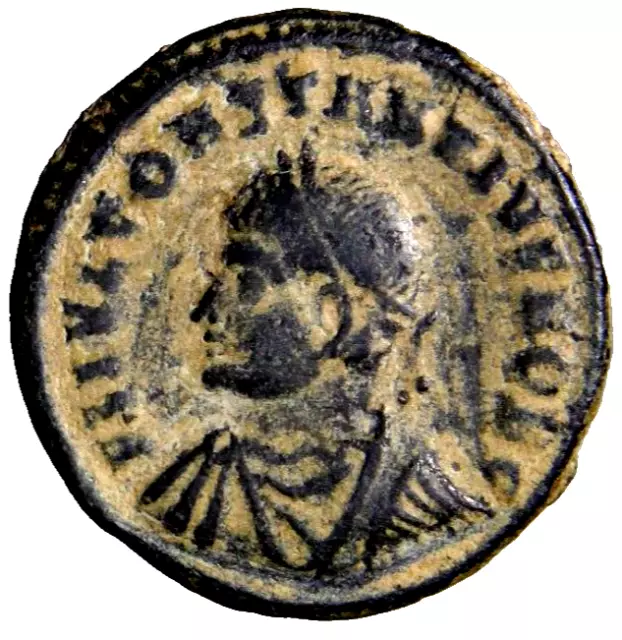
 CERTIFIED GENUINE Ancient Roman Coin INTERESTING Constantine II Campgate Nicomed
CERTIFIED GENUINE Ancient Roman Coin INTERESTING Constantine II Campgate Nicomed$144.97$120.32 Buy It Now or Best Offer


